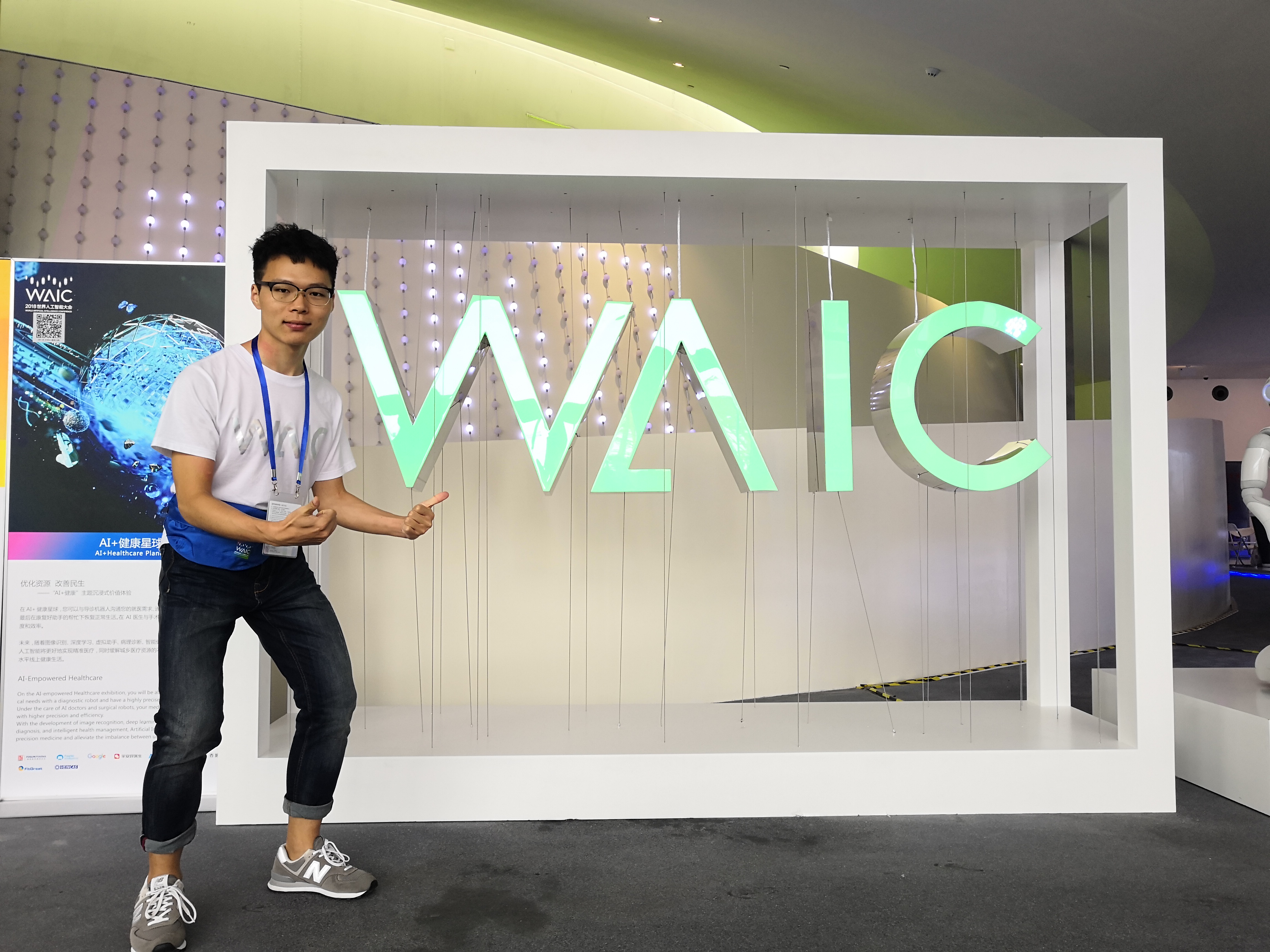Eddy Current Distance Measurement Calibration Method for Curved Surface Parts Based on Support Vector Machine Regression
Published:
- Current Status: Published
Abstract
The eddy current displacement sensor has the advantages of non-contact, no measurement force, insensitivity to the surface roughness to be measured, strong oil pollution resistance, rapid detection, etc. It provides an effective method for displacement measurement of metal parts and has been widely used in the engineering and scientific research field. In this paper, based on the accuracy requirements of the thickness of the polyurethane form layer on the outer surface of the fuel tank, the calibration testing of four common curvature section specimens is carried out, and the eddy current ranging calibration method based on support vector machine regression analysis is proposed to establish the lifting distance prediction model (LDPM), which is used for curved surface eddy current distance measurement. The influence of curvature on the measurement error of eddy current ranging is studied. The measurement error is divided into two parts according to the cause of the error: the surface curvature error and other errors. In the different range of the sensor range, the relative variation of the error component is analyzed, which provides a basis for the surface measurement error compensation. In addition, the comparative analysis of LDPM and the calibration function obtained by common calibration methods in terms of measurement accuracy and calculation rate is conducted, which provides suggestions for which calibration method is chosen for eddy current ranging of curved parts. The results show that the surface curvature error is not sensitive to curvature in the initial stage of sensor range. Near the midpoint of the range, the absolute value of surface curvature error decreases first and then increases with the increase of curvature. In the terminal region, the absolute value of the surface curvature error increases with the rise of curvature. While other errors remain constant over different measurement ranges over the entire range. Moreover, the LDPM can control the measurement error within [-0.5mm, 0.5mm], and the accuracy is comparable to five multi-peak Gaussian fitting, higher than the fourth-order polynomial fitting, which can meet the thickness measurement accuracy requirements and is convenient for non-destructive testing.

